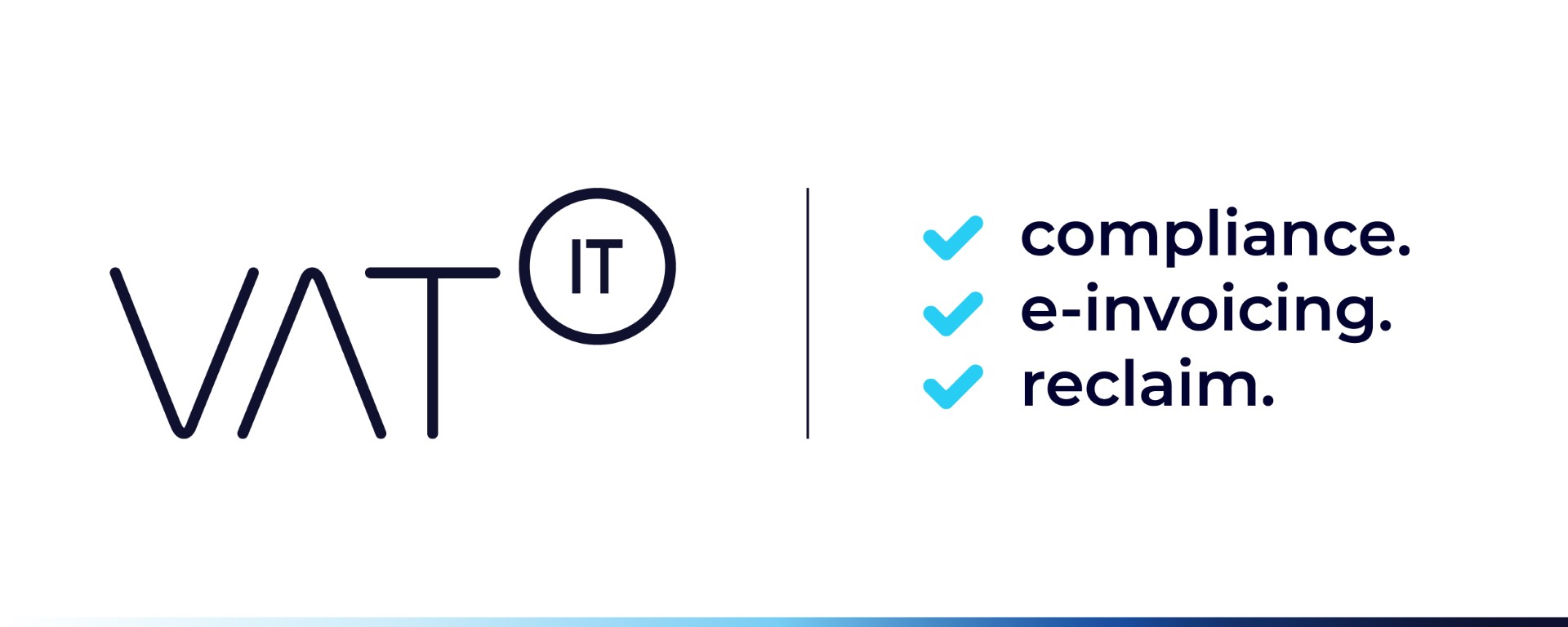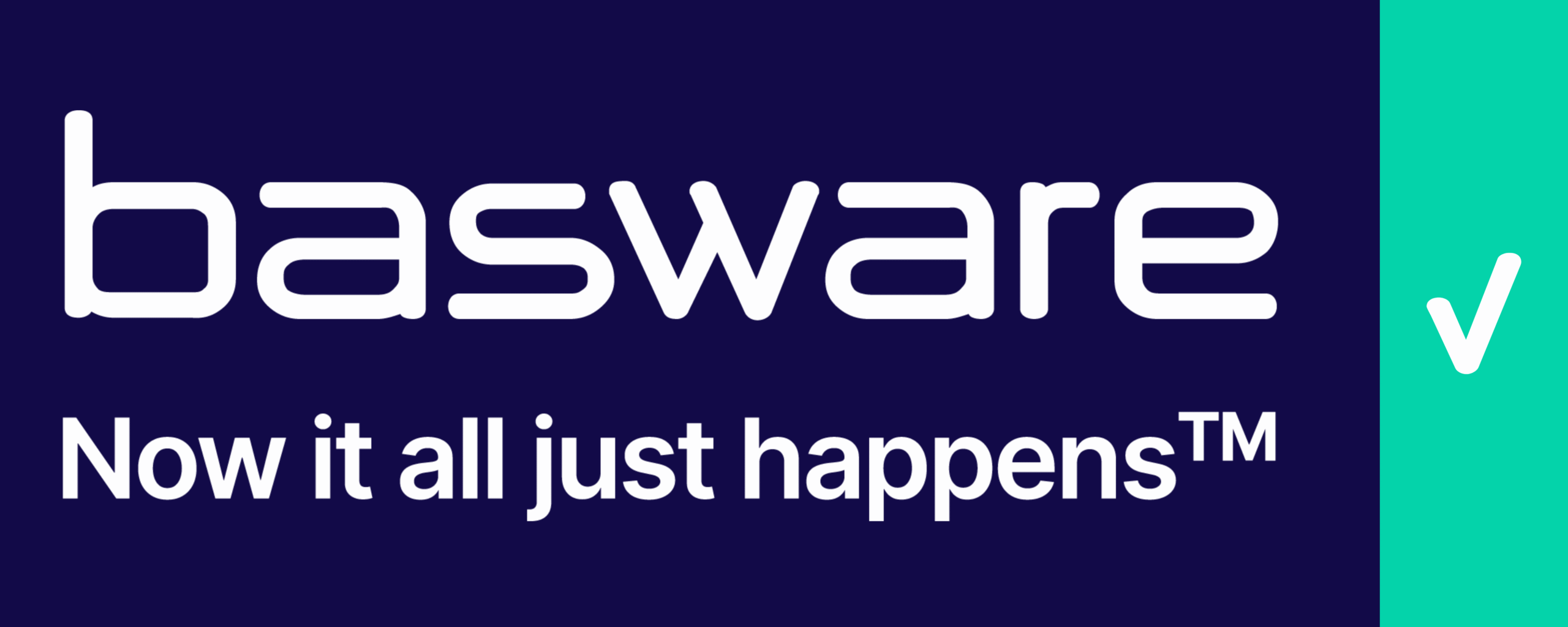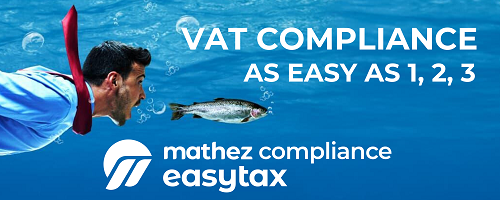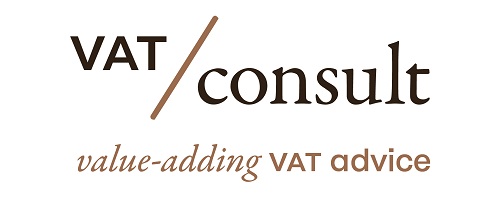- Tax audits on VAT can affect any entrepreneur, regardless of their size or type of business.
- The burden of proof is on the taxpayer to prove the real execution of transactions and keep evidence for up to 6 years.
- The right to deduct VAT is a basic principle of the common VAT system and cannot be limited.
- The principle of neutrality requires meeting substantive requirements to demonstrate the delivery of goods or services, tax liability, and use for taxable transactions.
- The tax audit process can be resolved if both parties communicate and provide relevant evidence.
- The tax administrator may refuse the right to VAT deduction if the supplier did not fulfill their obligations or becomes non-contactable.
- The burden of proof is on the taxpayer to demonstrate actual receipt and use of goods or services.
- Evidence such as signed delivery notes, transport documents, and email communication can help avoid rejection of the right to VAT deduction.
- Entrepreneurs should approach the selection of suppliers with appropriate care and prudence to avoid financial consequences.
Source: accace.com
Note that this post was (partially) written with the help of AI. It is always useful to review the original source material, and where needed to obtain (local) advice from a specialist.
Latest Posts in "European Union"
- CJEU Rules on Overstated VAT and Correction Rights for Simplified B2C Invoices in C-794/23
- General Court Expands Triangular VAT Simplification, Rejects German Tax Authority’s Restrictive Interpretation
- CBAM Import Requirements and Permit Procedures Effective from January 1, 2026
- Comments on GC T-646/24: Simplification measure for triangular transactions applicable to fourth link in the chain
- Comments on T-643/24: Playing Music Without Required License Is a Taxable Service













